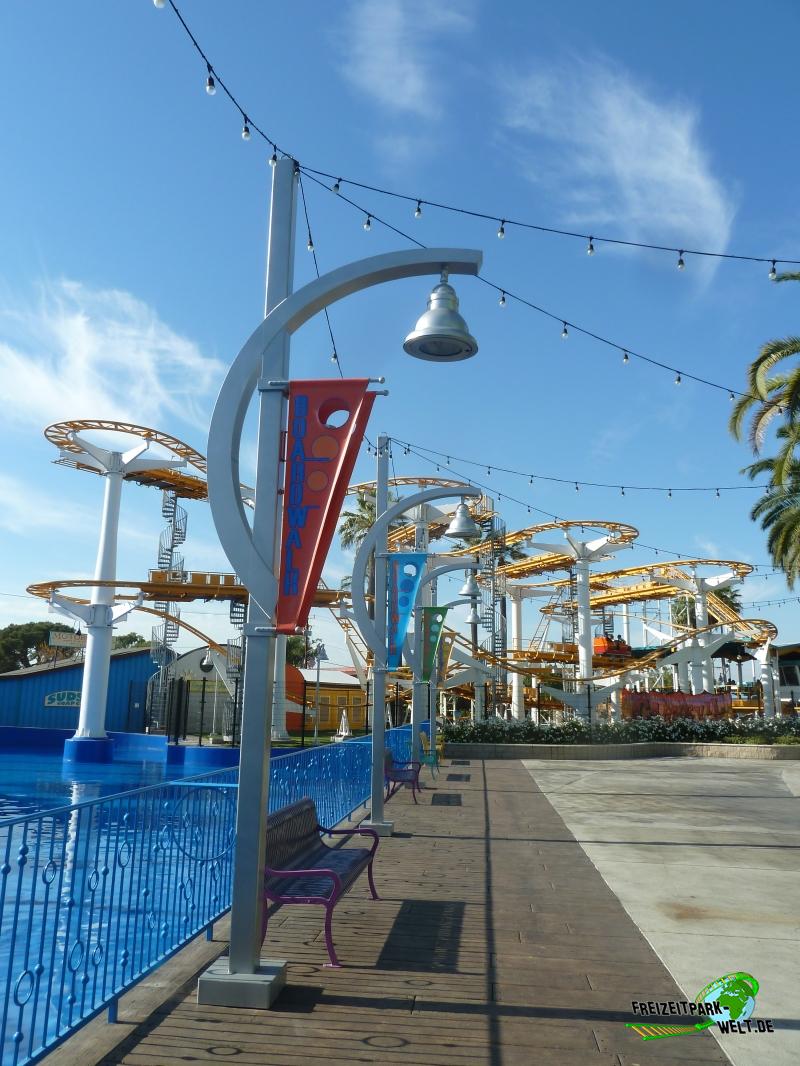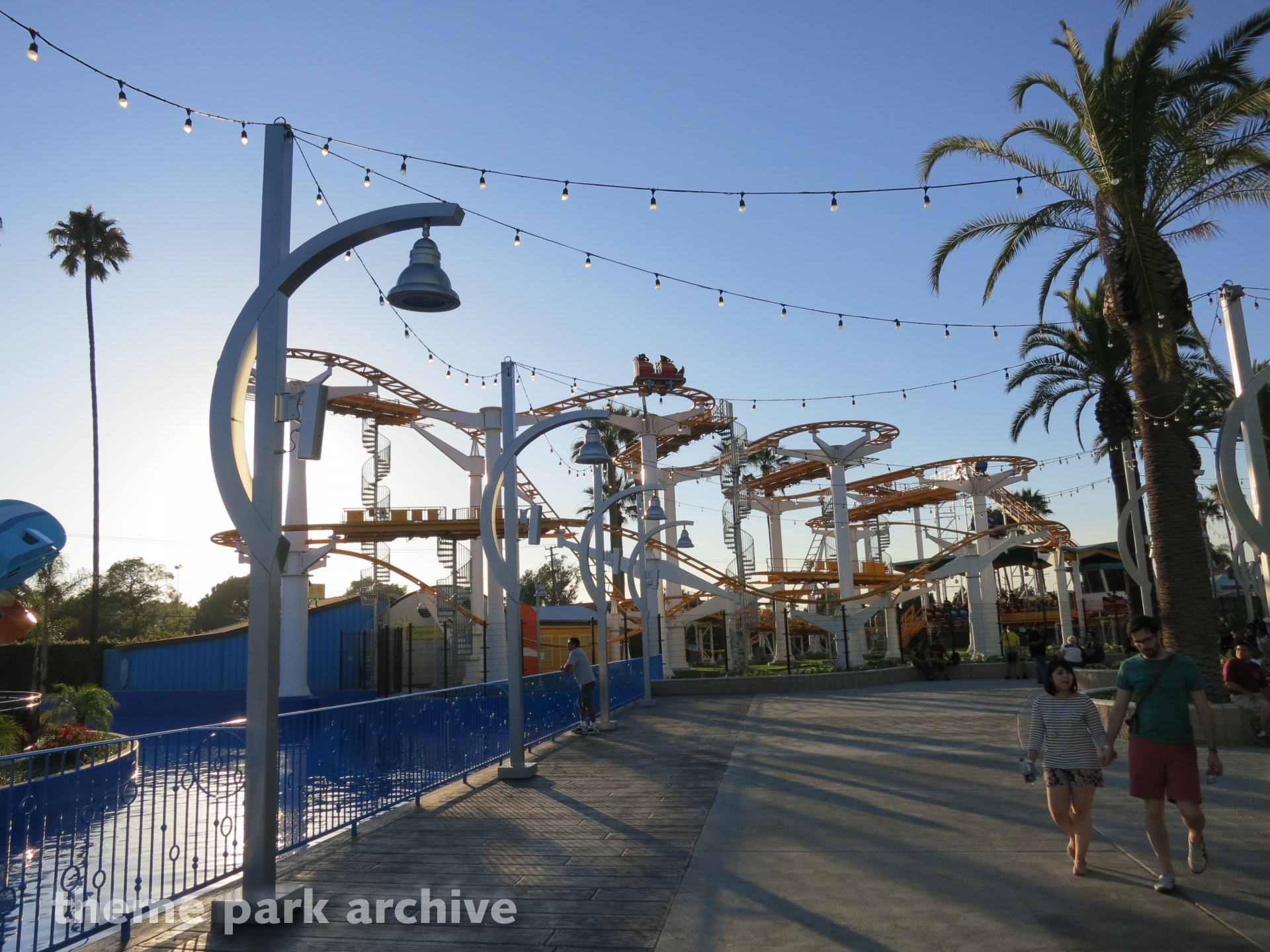

To the public, restraints may be the most important piece of safety equipment a ride can have. Additionally, don’t be afraid to ask the ride operators to double (or triple) check your security in your seat.ĭo you like riding roller coasters? Are you less likely to ride a roller coaster after the tragedy at Six Flags Over Texas? Tell us in the comments.Strap in folks because w e are about to take a wild ride into the different types and uses of restraints for amusement park attractions. If you're okay to ride, be sure you feel 100 percent secure in your seat and have all of your small belongings zipped up or stored in lockers, along with any loose items. If you feel you're not the correct height, weight, or have other personal or medical restrictions that would prevent you from riding safely, don’t take the risk. Unfortunately, a majority of the injuries occur because the guest didn't follow posted ride safety guidelines or rode with a pre-existing medical condition." Our main advice: Use your common sense. Mandt says, "Safety is a partnership between the amusement park and its patrons. To put that into perspective, your chances of being struck by lightning are roughly one in a million, meaning you are around 24 times more likely to get struck by lighting than you are to be hospitalized from riding a roller coaster. is 1 in 24 million, while the chance of being fatally injured is 1 in 750 million. Six Flags also states in their FAQ online that, “Guests with certain body proportions, height and/or weight may not be able to participate on certain rides in the safety restraints will not operate as designed.” Some restrictions may also apply to guests with casts and prosthetic devices, though the exact restrictions vary per ride and theme park.Īccording to David Mandt, the Vice President of Communications for the International Association of Amusement Parks and Attractions (IAAPA), the chances of being seriously injured on an amusement park ride in the U.S. At Six Flags, loose articles like bags are not permitted, and small items like cell phones must be fully secured in zippered pockets. Many roller coasters have height restrictions for patrons, or require children to be accompanied by adults. Safety is in their best interest as well as yours. If you see a park employee that's not following the rules, ask to speak with a supervisor. Employees at the nation's 400+ amusement parks all receive training in accordance with the law, and are also required to follow safety procedures that are established by park operators, manufacturers, insurers, and other experts.

If the image of youthful amusement park employees goofing off on the job makes you nervous, remember that ride operators are trained – and that safety isn't just a matter of park rules and procedure.

#Coast rider restraints full
Additionally, the trains are tested daily using bags filled with sand or water to mimic human weight and run at full speed for optimum accuracy. In addition to the daily inspections, many ride manufacturers require additional, more detailed inspections that are completed on a weekly, monthly, or annual basis. Engineers and mechanics check for anything slightly out of order on the tracks, trains, and in the cars, and make any necessary adjustments or repairs. Roller coasters are tested every day before the parks open to ensure rider safety.


 0 kommentar(er)
0 kommentar(er)
